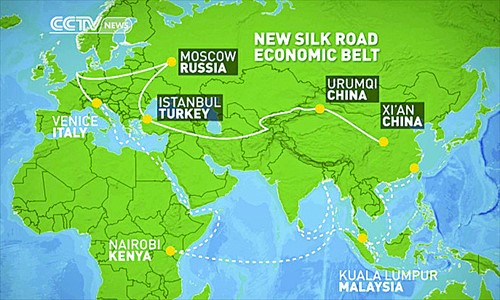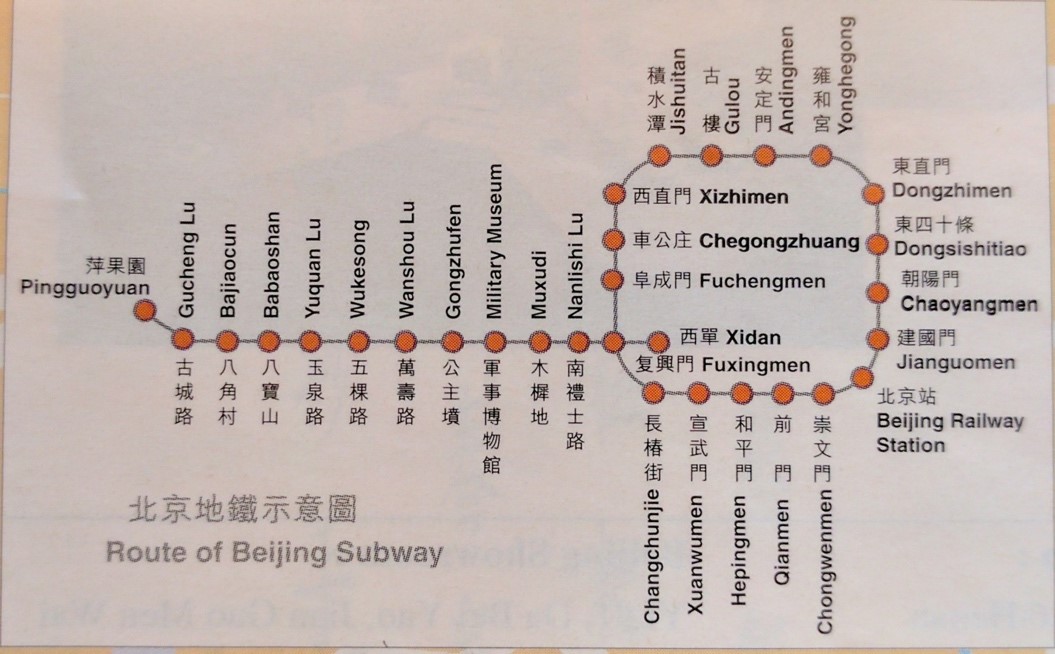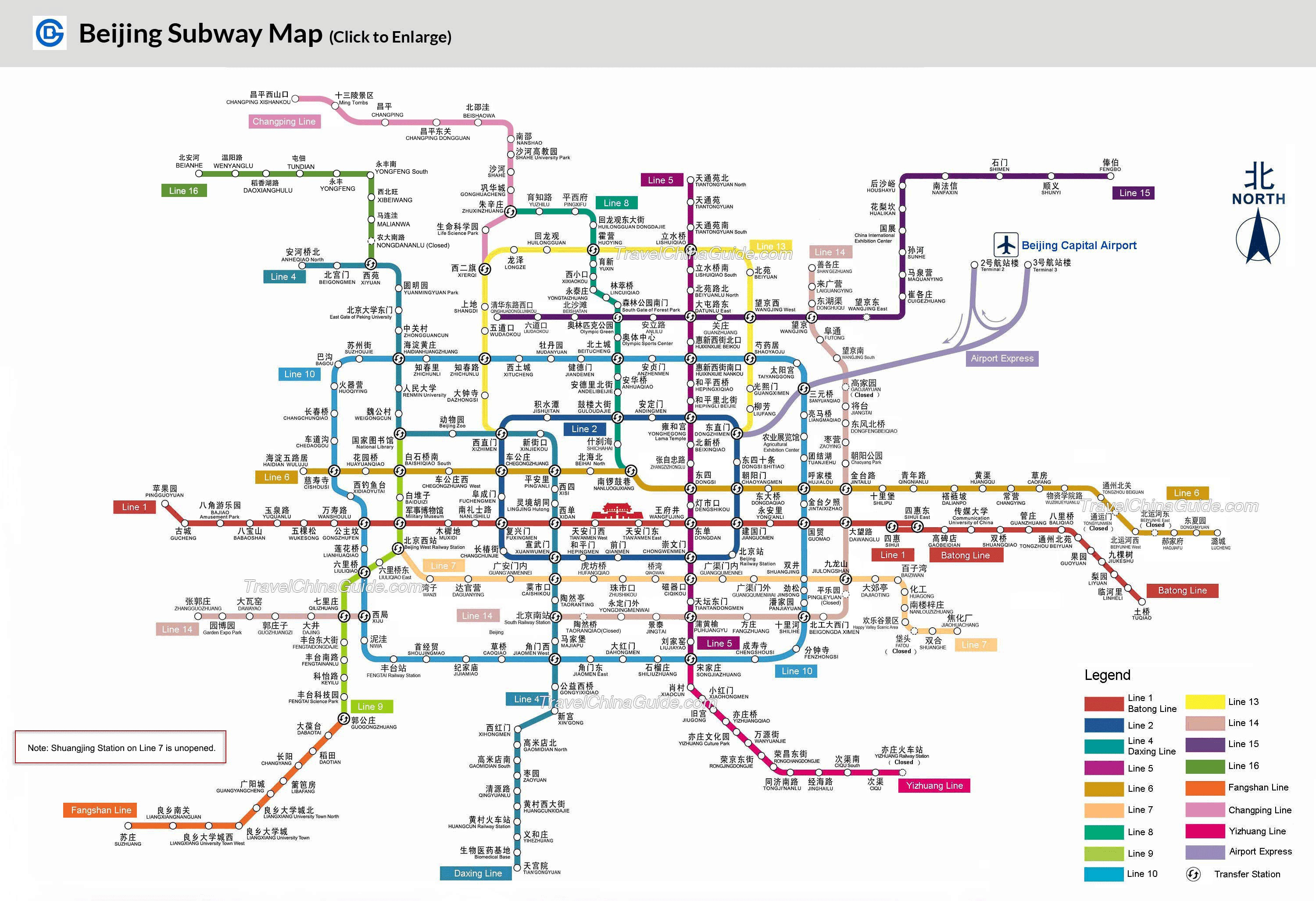The “One Belt One Road” (OBOR) initiative, first announced to the world in the fall of 2013 by President Xi Jinping of China, is an extremely ambitious and far-reaching initiative that is not easy to achieve, but has significant potential impacts, improving the social and economic structure of a major part of the world around Asia, Europe, and northeastern parts of Africa, where more than half of the world’s population lives. It could also have significant implications for political stability and peace in that region, as well as for the whole world. The OBOR initiative proposes to improve the transportation infrastructure among countries in Asia, Europe, and northeast Africa so that it can give rise to closer and larger economic, social, cultural, and political ties. This is a win-win initiative that should benefit not only more than 50% of the world’s population living in that region, but it should also contribute to political stability and peace in the whole world.
Many articles have been written about the OBOR initiative in the last 3+ years. For example, in the October 13, 2015 issue of China-US Focus, He Yafei, former Vice Minister of China’s State Council Office of Overseas Chinese Affairs, wrote an article “Connecting the World Through ‘Belt & Road’,” in which he discussed global economic development and international geopolitical conflicts. He also showed the following map of OBOR, where the solid line is the land transportation infrastructure and the dotted line is the sea transportation infrastructure.

In this essay, we provide a simple analogy to understand the meaning and significance of OBOR. The analogy is applicable to an important part of the OBOR initiative, although not the whole.
To do so OBOR is compared to the Hong Kong and Beijing subway system development and their impacts on their respective communities.
A. Hong Kong’s Subway System:
The Hong Kong (HK) subway system MTR (Mass Transit Railway) was put into operation in 1979, and has continued to expand for almost four decades. It provides comprehensive, rapid transportation, connecting almost all parts of HK. Between most locations, it allows one to go from one place to another in a matter of tens of minutes, although reaching certain locations may still require connections by small buses. The subway trains start early in the morning and operate until very late at night. Generally, the trains are frequent, fast, clean, safe, and affordable. This allows greater flexibility and mobility in several manners including, employee mobility and employer flexibility, consumer flexibility, and social and academic mobility/flexibility.
What this means is that from the perspective of work, home, business, education, recreation, social, etc., HK is basically completely interconnected. It is no longer a collection of many small localities, where one’s major circle of interactions is within a small locality. This has tremendous positive consequences in increasing and improving economic drivers, social interactions, education opportunities, recreation and cultural activities, etc. The difference in the vitality of the city from before and after the subway was introduced has been drastic. Of course, HK is not the first example of such effects. For a long time, Paris’s Metro system has been an example for other countries to follow.
B. Beijing’s Subway System:
Beijing has had a subway for many years. However, its subway system really did not expand and become more comprehensive until the turn of the 21st century. In the 1970s, the Beijing subway system was very small (only a few lines) and was not a significant transportation system used by the majority of people living in Beijing. Even in the 1990s when the subway system had already expanded a great deal, it was still not very comprehensive. The map below shows the Beijing subway system in 1997.

Beijing Subway System – 1997
However, since then, the Beijing subway system expanded (especially triggered by the 2008 Beijing Olympics) and has continued to expand, now being considered a comprehensive subway system. The map below shows the current Beijing subway system in 2017 (although this map also includes some minor planned expansions to 2021).

Current Beijing Subway System
Just from looking at the number of lines and stations, you can see that it has expanded greatly during the last 20 years. However, it is still not nearly as comprehensive as Paris, but it is comprehensive enough so that the benefits discussed in the HK case (such as improving economic benefits, social interactions, education opportunities, recreation and cultural activities, etc.) can also be realized in Beijing, in spite of the fact that Beijing is a much larger city geographically than HK.
The OBOR Initiative:
The OBOR initiative is set to improve transportation infrastructure, connecting various countries in Asia, Europe, and also Northeast Africa. One component is the land transportation infrastructure (known as the One Belt), mostly via high speed trains. The other is the sea transportation infrastructure (known as the Maritime Silk Road), via trans-ocean ships. OBOR of course is a much more ambitious and difficult objective than building a comprehensive metropolitan subway system, because it crosses national boundaries, and involves many different races, cultures, religions, languages, economic, and political systems. However, precisely because of the latter, the potential benefits of OBOR, in terms of regional economic prosperity, political stability, and peace are even more prevalent. The potential impact on regional, and perhaps world, political stability and peace goes far beyond the comparison to a metropolitan subway system.
The OBOR transportation infrastructure that crosses national boundaries should also lead to increased economic activities in various countries when they expand/improve their internal transportation infrastructure to connect to some of the key centers of OBOR. For example, the One Belt high speed train could potentially allow Russia to connect several of its cities North-on the Trans-Siberian Railway to a major stop of one of the One Belt train stations. This could be repeated in more than one location on the Trans-Siberian Railway, and thus significantly improve the productivity and use of the vast and sparsely populated Siberia. Similarly, towns/cities near a major port of the Maritime Silk Road can connect their internal transportation infrastructure to one of these ports.
As mentioned before, because OBOR crosses national boundaries and involves people from different countries of different races, cultures, religions, languages, economic and political systems, it will not be easy to make it work. However, precisely because different countries can reap great economic and social benefits from the OBOR initiative, it provides many great incentives for the different countries to collaborate to overcome obstacles. People from different countries will have to work together, they will need to have a better understanding of the different cultures and languages. They will have to consider people as human beings, and not Chinese, Russian, Indian, Turks, Saudi Arabian, French, German, etc., or Buddhist, Christian, Hindu, Muslim, etc. They will also have to resolve issues such as tariffs, currencies, and standards (e.g., different railroad gauges). To share the prosperity offered by OBOR, the participants will need to work collaboratively and peacefully with each other. Perhaps the greatest benefit of the OBOR initiative is the increased understanding and tolerance of people of different backgrounds and the recognition of the need to collaborate peacefully with each other, in order to achieve the win-win objective.

